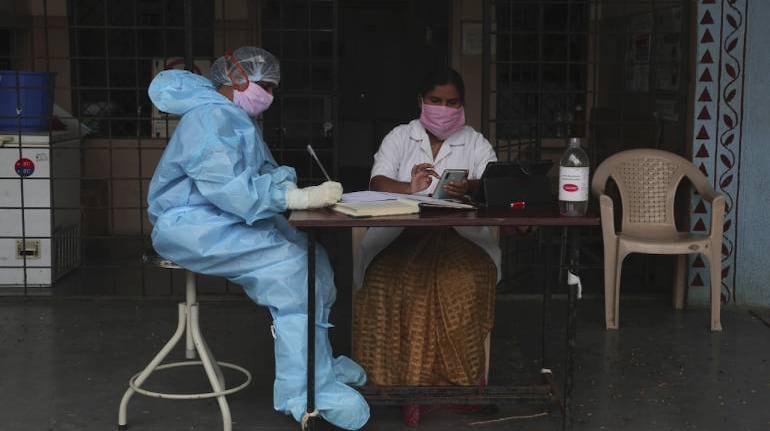



Nearly one in 15 individuals aged ten years and above was exposed to COVID-19 by August 2020, amounting to an estimated 74.3 million infections, as per the second national serosurvey conducted by the Indian Council of Medical Research (ICMR).
"Nearly seven percent of India's population aged ten and above was exposed to SARS-CoV-2 by August, with the seroprevalence being highest in urban slum areas followed by urban non-slum and rural areas," the findings stated.
Seroprevalence is the frequency of individuals in a population with antibodies to a particular virus in their blood serum.
Track this LIVE blog for latest updates on coronavirus pandemic
According to the report published in Lancet Global Health pre-print, the overall seroprevalence of below 10 percent in India indicates a large proportion of the population remains susceptible to novel coronavirus infection.
"The transmission of infection is expected to continue in most Indian states till the herd immunity threshold is achieved, either by natural infection or vaccination. While this threshold is unknown, most estimates place it above 50 per cent," the report said.
It stated that one in nine individuals who did not report any COVID-19-related symptoms in the past had the presence of SARS-CoV-2 IgG antibodies.
COVID-19 Vaccine Watch: What you need to know about manufacturing and pricing
The seroprevalence was higher in slum areas of Mumbai (578 percent) compared to non-slum areas (174 percent).
While population density coupled with high mobility, and challenges in safe distancing and hand hygiene are the main drivers of the spread of infection in urban areas, especially urban slums, the findings of the serosurvey also indicate substantial transmission among the rural population now, in contrast to the first round, the report stated.
Coronavirus state-wise tally November 27: Maharashtra's COVID-19 tally crosses 18-lakh mark
"Transmission will increase further in these rural areas in the coming months, underscoring the need for implementing nonpharmaceutical interventions as well as strengthening healthcare facilities for the effective management of cases," it said.
The first nationwide serosurvey in India was conducted in May, when the entire country was under stringent lockdown, with the exception of conditional relaxation in areas deemed to be minimally affected, and indicated a low prevalence of 0.73 percent among the general adult population.
(With inputs from PTI)
Click here for Moneycontrol's full coverage of the COVID-19 outbreak
Discover the latest Business News, Sensex, and Nifty updates. Obtain Personal Finance insights, tax queries, and expert opinions on Moneycontrol or download the Moneycontrol App to stay updated!
Find the best of Al News in one place, specially curated for you every weekend.
Stay on top of the latest tech trends and biggest startup news.